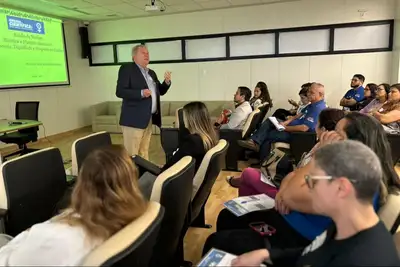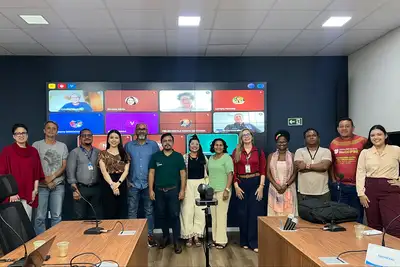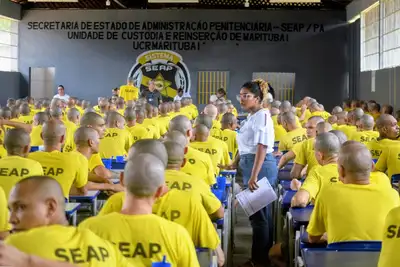Fapespa launches unprecedented Gastronomic Map in Belém
Unprecedented study launched by Fapespa gathers data from 2,400 establishments in eight districts and two islands, revealing culinary diversity, sector challenges, and impact on the local economy
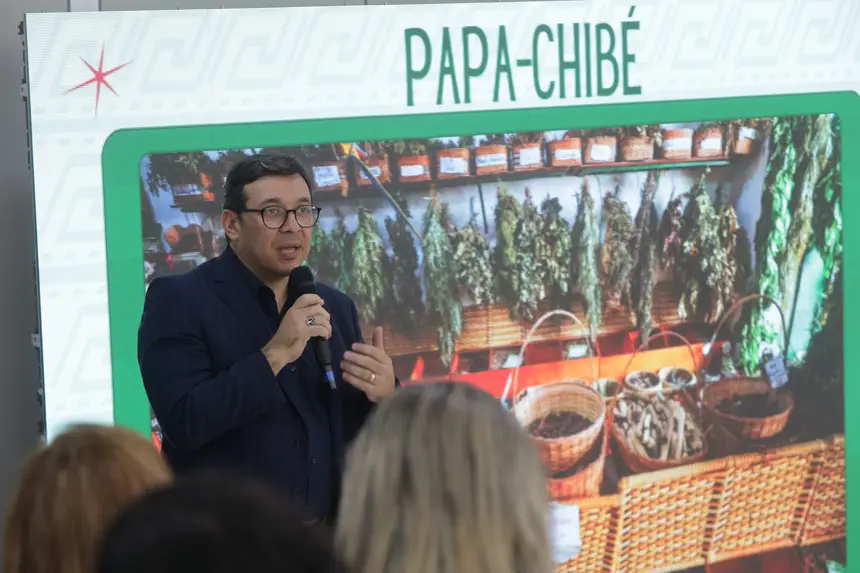
The traditional indigenous drink of the Amazon, which carries in its flavor the ancestry and memories of the people of Pará, names the unprecedented study mapping the gastronomic scene of the capital of Pará: the Belém Papa Chibé project. The website with the research results was launched this Thursday (29) at the Amazon Foundation for Support of Studies and Research (Fapespa), presenting a route that celebrates the colors, flavors, and traditions of Pará's cuisine — elements that make Belém a unique destination for lovers of good gastronomy.
The survey is the result of the work of the Directorate of Socioeconomic Studies and Conjunctural Analysis of Fapespa (Diepsac), which over three months visited 2,400 establishments linked to the beverage and food sector, distributed across 71 neighborhoods, eight administrative districts, and two islands of the city that will host COP30 (World Conference on Climate Change).
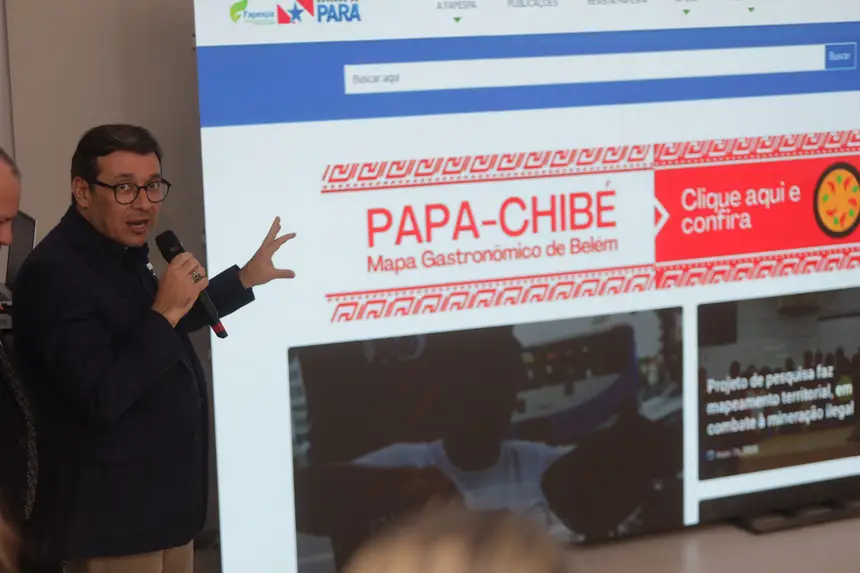
The digital platform features an interactive map that allows users to trace routes through the eight districts and gathers essential information about the food courts of the capital, such as typical dishes, cooking styles, types of food, specialties, and available gastronomic experiences. “Belém is one of the few cities in the world with the UN title of Creative City of Gastronomy. Therefore, it deserved a study like this. The project presents an extensive sampling, with a complete socioeconomic survey of about 2,400 establishments in the city. Our mapping confirms the diversity of the sector, showing that Belém offers not only typical dishes but also international, Italian, Japanese, French cuisine, as well as snacks and barbecues,” explains Márcio Ponte, director of Diepsac.
Diversity in the districts
The Belém Papa Chibé project was conceived to document and value the culinary diversity of the capital of Pará. The study also conducts a detailed diagnosis of the socioeconomic profile of the establishments, identifying administrative, bureaucratic, and financial obstacles that impact the development of the sector. The data outlines the gastronomic panorama of the eight administrative districts: Belém, Bengui, Entroncamento, Guamá, Icoaraci, Mosqueiro, Outeiro, and Sacramenta.
In Belém, regional cuisine predominates, with highlights for tacacá, vatapá, and maniçoba. In Bengui, steakhouses lead. Entroncamento shows a strong presence of Japanese and regional cuisine. In Guamá, steakhouses and typical dishes prevail. Icoaraci has a strong concentration of steakhouses, while Mosqueiro is marked by beach flavors such as açaí with fried fish and shrimp. In Outeiro, the fishing culture is expressive, with a highlight on açaí with fried fish. Finally, Sacramenta gathers more establishments focused on fried fish and barbecue.
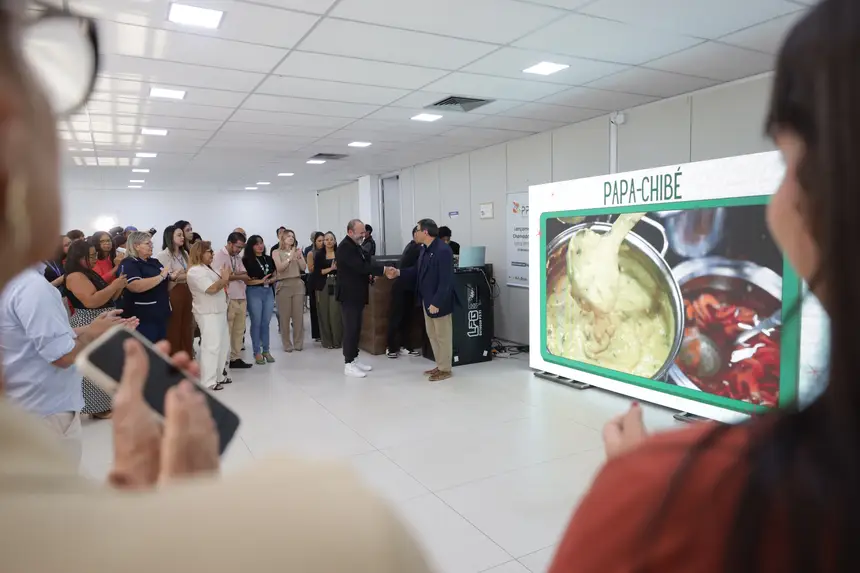
Profile and impact of the sector
The research reveals that most gastronomic establishments in the city operate in rented properties and have been in existence for up to five years — indicating a young, dynamic sector, but vulnerable to challenges related to business sustainability. In Belém, 77.5% of the establishments are formalized, while 22.5% operate informally.
About 88.8% of the establishments have as their main activity the sale of meals. Among them, the traditional dish made up of rice, beans, and protein represents 35% of the total. Following that, regional cuisine with the emblematic açaí with fried fish (14%) and the classics tacacá, vatapá, and maniçoba, which together represent almost 12% of the sector.
From a socioeconomic perspective, the impact of the gastronomic sector is significant: it employs approximately 51,000 people, mostly in formal employment and with qualifications in food handling. The average revenue of the establishments is around R$ 40,000, with an average profit margin estimated at 17.3%.
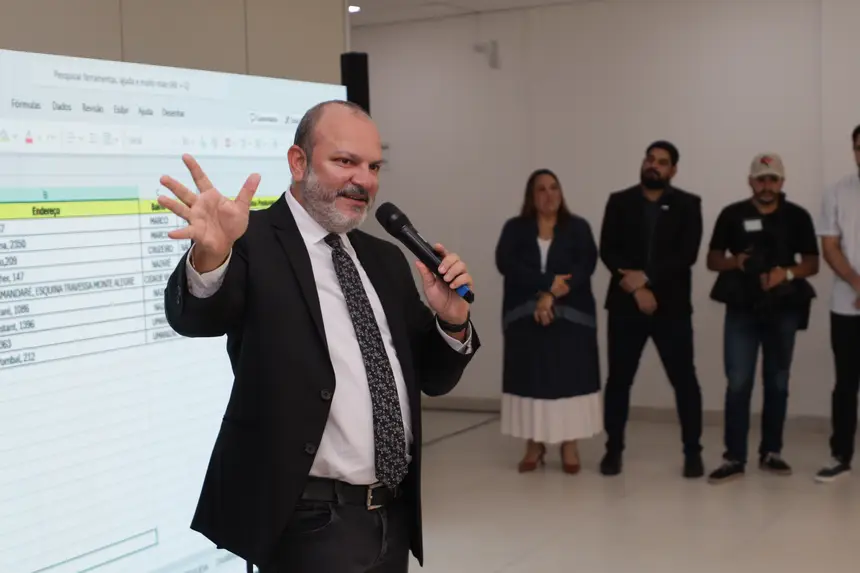
Data by district
The website also allows segmented access to data by district. In Icoaraci, for example, 682 active establishments were identified — 610 focused on meal sales (89.4%) and 72 focused on beverage sales (10.6%). The Belém district concentrates 1,650 establishments, with 1,470 of them (89.1%) focused on meal sales.
Among the restaurants offering complete meals, those specialized in the traditional dish (25% of the total) predominate, followed by regional cuisine (tacacá, vatapá, and maniçoba), with 16%, and regional cuisine with açaí and fried fish, which represents 14.2%.
Strengthening gastronomic tourism
Bruna Almeida, coordinator of the Gastronomy course at the State University of Pará (Uepa), participated in the launch event of the study and highlighted the importance of the initiative. “I feel honored to participate in such a significant moment for Pará's gastronomy and for our cultural identity. It is a gift for Belém, as we needed a project like this to help us understand the local gastronomic ecosystem. It is a study that will strengthen our gastronomic tourism and support the development of new public policies for the sector,” she evaluated.
Expansion of the initiative
The results of this unprecedented project in the state consolidate as a strategic tool to understand and measure the dynamics of a sector essential to the local economy and culture. “In a few months, we will host the COP of COPs, and we are sure it will be the best ever held. The Government of Pará has been preparing on several fronts — from infrastructure to training the population to welcome visitors well. Belém is famous for many reasons, and gastronomy is one of them. It is a relevant productive chain, but still little known. We are always surprised by new restaurants that were not even on the radar. Now, with the Belém Papa Chibé website, we will have this information organized and accessible,” said Marcel Botelho, president of Fapespa.
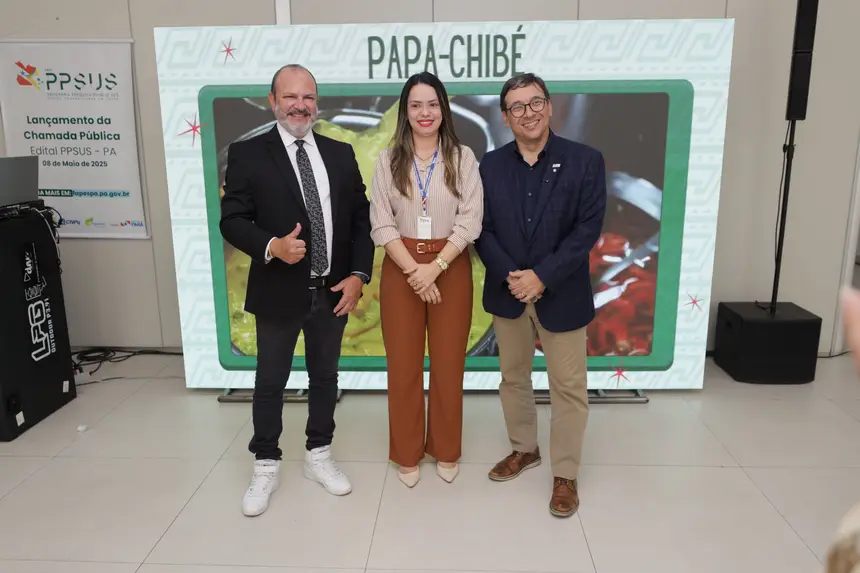
During the launch of the platform, the expansion of the research was also announced. “Our goal is to maximize the scope of the gastronomic study in the state, extending the mapping to other municipalities in the metropolitan region of Belém and cities like Santarém, another important gastronomic hub of Pará,” added Márcio Ponte.
The gastronomic map and the project data can be accessed through the Fapespa website. Establishments in Belém interested in being part of the research can still participate by filling out a form available on the Belém Papa Chibé website, where they should provide information about the establishment.


